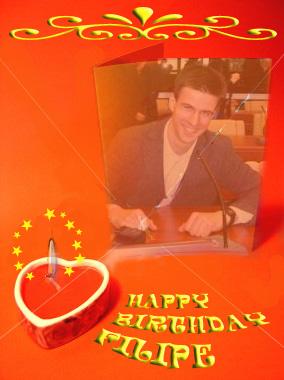The Austrian Independence Treaty (complete form: Treaty for the re-establishment of an independent and democratic Austria, signed in Vienna on the 15 May 1955), more commonly referred to as the Austrian State Treaty (German Staatsvertrag), was signed on May 15, 1955 in Vienna at the Schloss Belvedere between the Allied occupying powers: France, the United Kingdom, the United States and the Soviet Union, and the Austrian government and officially came into force on July 27, 1955.
As a result of the treaty the Allies left Austrian territory on October 25, 1955. October 26 is celebrated as a national holiday (called the Day of the Flag until 1965). It is sometimes thought to commemorate the withdrawal of Allied troops, but in fact celebrates Austria's Declaration of Neutrality, which was passed on October 26, 1955
Together with the Danish flag, the Austrian flag is said to be among the oldest national flag designs in the world.
According to legend, the flag was invented by Duke Leopold V of Austria (1157-1194) while he was involved in a fierce battle during the Crusades. After the battle of Acre, his white battledress was completely drenched in blood, but when he removed his belt the cloth underneath was untouched by it. So taken was he by this singular sight that he adopted the colours and scheme as his banner.
In fact, the flag was designed in the 13th century by Frederick II, Duke of Austria (1210-1246; known as 'Frederick the Quarrelsome'), the last of the Babenberg dynasty. Frederick sought greater independence from the Holy Roman Emperor. To this end, he had a new coat of arms designed: a red field with a silver fess. The oldest source for the new flag is contained in a seal kept in the monastery of Lilienfeld (Lower Austria), dated November 30, 1230.
Celebrations on the National Day in Vienna / Heldenplatz:
Tank Leopard II
Garde
Black Hawk





 Then the winter came and the Snow covered up the grass with her great white cloak, and the Frost painted all the trees silver. They invited the North Wind to stay with them, and he came.
Then the winter came and the Snow covered up the grass with her great white cloak, and the Frost painted all the trees silver. They invited the North Wind to stay with them, and he came. "I have many friends who live in different countries," he said;
"I have many friends who live in different countries," he said;






